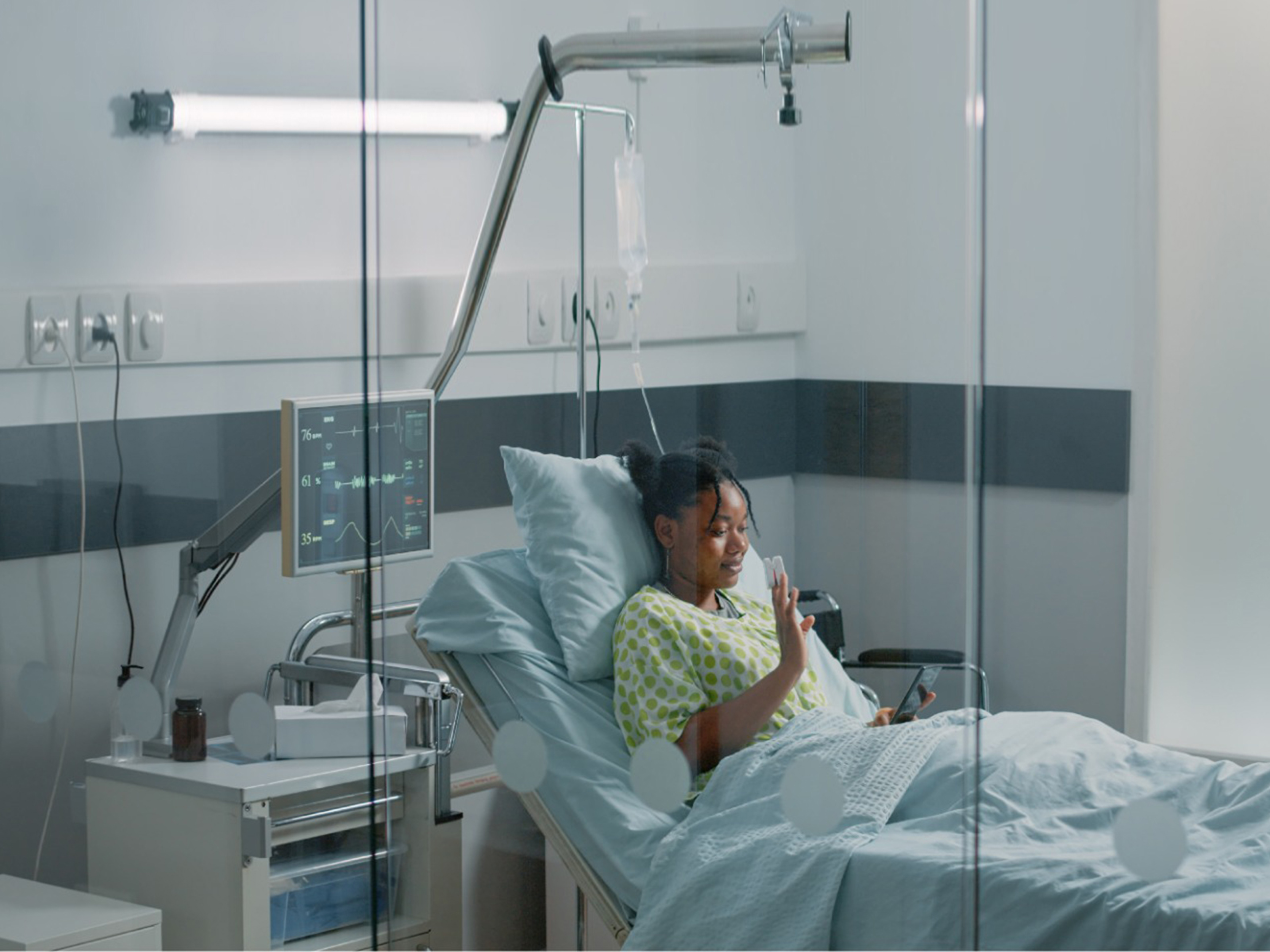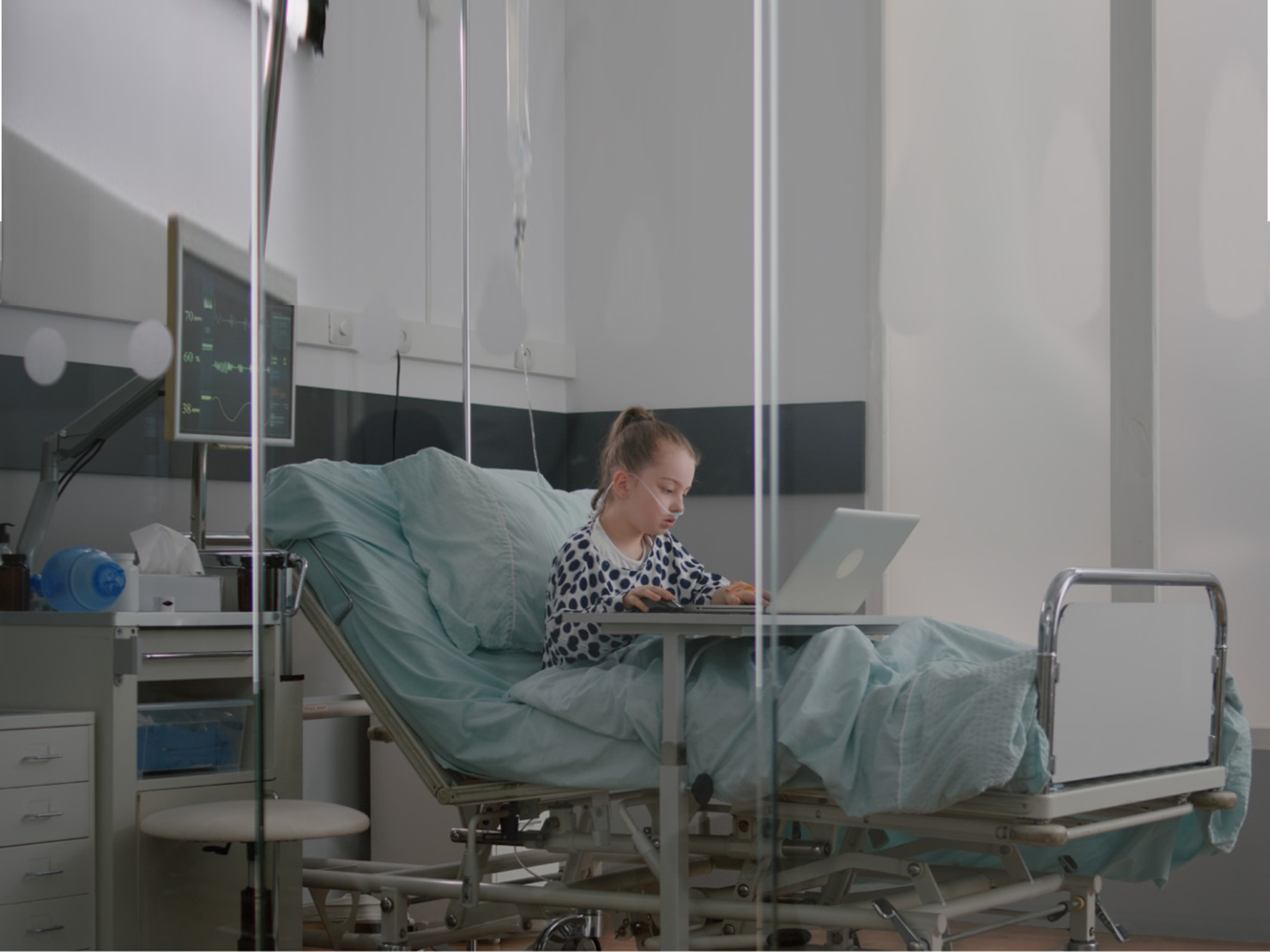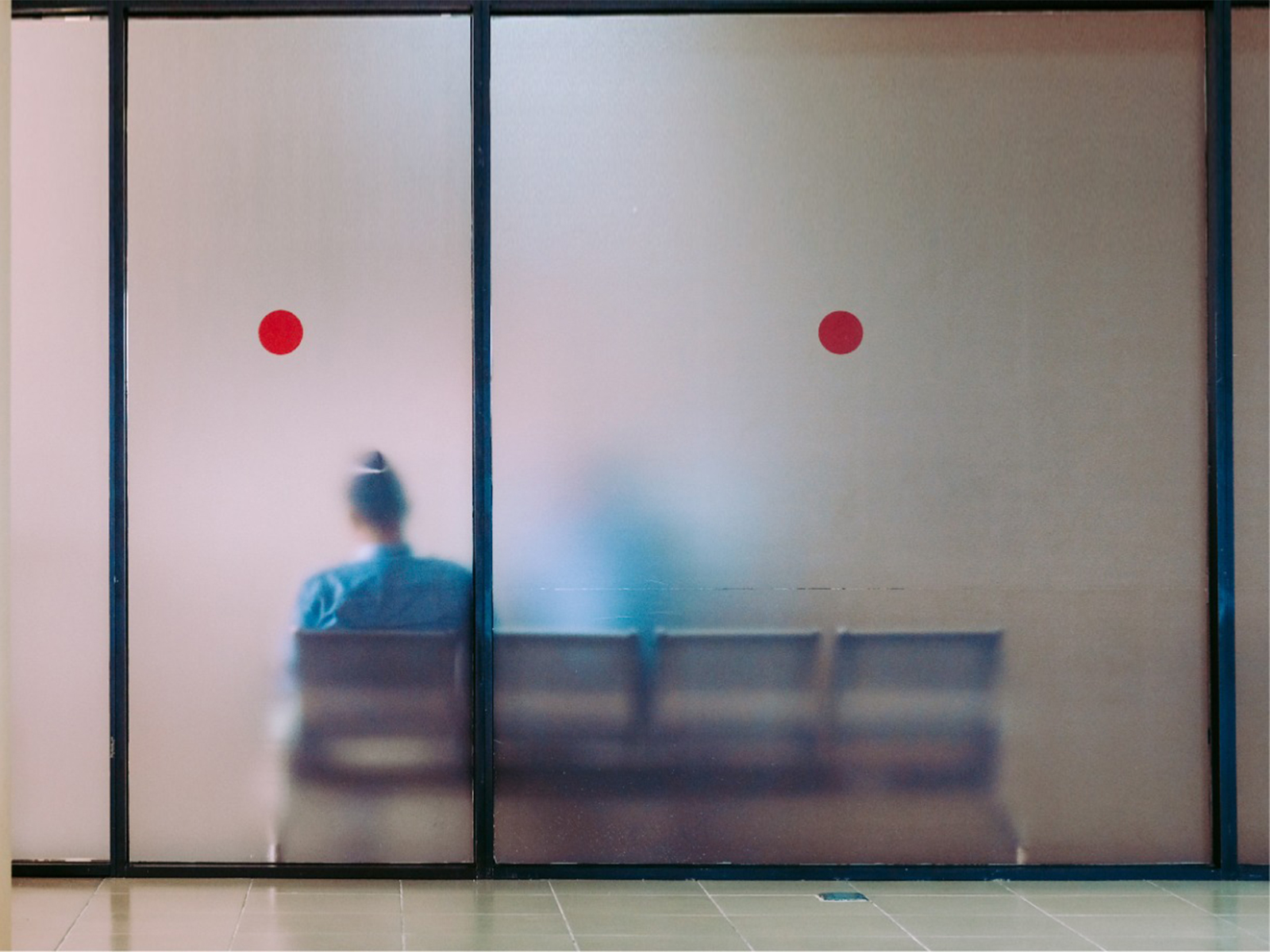
Designing Tomorrow's Hospitals: 5 Smart Glass Applications for Healthcare
In a time when hygiene, adaptability, and technology drive the transformation of hospital infrastructure, smart glass is no longer a luxury but a strategic imperative. The contemporary healthcare building requires surfaces that are not only simple to clean and maintain but also responsive to patient needs, staff workflow, and changing space requirements.
Privetek Smart Glass provides a smart, touchless, and hygienic substitute to curtains, blinds, and fixed partitions. It enables healthcare facilities to switch between openness and privacy without hindrance, advancing patient dignity, infection prevention, and operational effectiveness. Here, we discuss five compelling uses of smart glass in some of today's most sophisticated medical environments.
1. ICUs & Isolation Wards: Switchable Privacy in High-Risk Zones

In isolation and intensive care units, visibility is paramount. Healthcare workers need to monitor patients continuously without a loss of infection control or patient dignity.
Traditional fabric curtains cause several problems:
- They impede visibility
- Harbour dangerous pathogens
- Need to be washed constantly and touched
Smart glass offers a better solution.
At the touch of a button or auto-trigger, glass panels can become opaque, providing instant privacy when required. This enables clinicians to remain close to patients without excessive physical contact and preserve sterile environments.
For isolation rooms, Privetek's non-porous, easy-to-sanitize surfaces provide a robust barrier against cross-contamination—a key factor in post-pandemic design requirements.


2. Diagnostic Labs & MRI Rooms: EMF-Aware, Secure, and Switchable

Diagnostic spaces—particularly those with delicate equipment such as MRI machines or CT scanners—need regulated environments with limited electromagnetic interference, light, and temperature fluctuations.
Privetek Smart Glass can be tailored to:
- Keep electromagnetic shielding integrity intact
- Allow on-demand visibility for observers or technicians
- Retain the regulated lighting environment critical for diagnostic precision
In laboratories, switching between visibility on and off facilitates workflows without betraying patient privacy or technician focus. Smart glass also enhances patient comfort by substituting the foreboding sense of hard walls or enclosed partitions for a malleable, contemporary look.
3. Operating Theatres: Privacy Meets Performance

Operating rooms are high-stakes environments demanding precision, cleanliness, and confidentiality. While walls guarantee sterility, there are instances when there is a need for observation in real-time or monitoring by people outside, for example, during training or emergency coordination.
Privetek Smart Glass Enables:
- Complete transparency for observers through non-critical phases
- Immediate privacy during surgery or sensitive procedures
- Increased light control, ensuring optimum viewing conditions for the surgical team
- A cleanable, dust-free surface that is in line with OR sanitation procedures
Whether applied to observation windows or internal partitions, smart glass improves both patient safety and operating team performance.


4. Patient Rooms: A Healing Environment with Contemporary Aesthetics

Current patients anticipate more than functionality - comfort, tranquillity, and dignity during recovery. Conventional blinds and curtains are unable to provide these results.
Smart glass revolutionizes the patient experience by:
- Allowing natural light to flow freely, which research indicates increases recovery rates
- Providing instant privacy without the suffocation of fabric drapes
- Removing dust and allergens inherent in curtains
- Adding room style through minimalist, sleek design
Smart glass is not only functional—it brings architectural sophistication, producing rooms that are more like healing spas than clinical chambers.
5. Waiting Areas: Comfort & Flow through Flexible Partitions

Waiting rooms tend to be patients' and visitors' first touchpoint. Waiting rooms need to be flexible to shifting foot traffic and degrees of privacy, particularly when there are high volumes of patients or sensitive consults.
With Privetek Smart Glass:
- Partitions can be left transparent in order to design open, relaxing rooms
- Switch to opaque mode for confidential conversation or short-term sub-zoning
- Dampen noise and distractions without sacrificing a clean, contemporary ambience
The outcome is a waiting area that not only appears and feels more sophisticated but also operates smarter, customizing in real-time to your facility's operational requirements.

Why Hospitals are Opting for Privetek Smart Glass
Healthcare professionals everywhere are turning to Privetek for a future-proof solution that addresses the changing demands of contemporary medicine. Key advantages are:
- Touch-free operation (through motion sensors, mobile apps, or BMS integration)
- Infection prevention with non-porous surfaces and no soft materials
- Enhanced staff workflow and visibility
- Patient-focused design that fosters dignity and wellness
- Custom sizes and configurations to suit any medical environment
Conclusion: Smarter Spaces for Better Healthcare
As hospitals and clinics continue to adapt to the needs of the post-pandemic environment, smart glass emerges as one of the most powerful tools in reinventing space. With its power to merge hygiene, privacy, and flexibility seamlessly, it is a must-have for progressive medical establishments.
Want to incorporate Smart Glass into your medical centre?
Have Privetek create a tailored solution for your hospital's design, functionality, and patient care objectives. Contact our smart glass solutions team today for a free consultation and demo.

